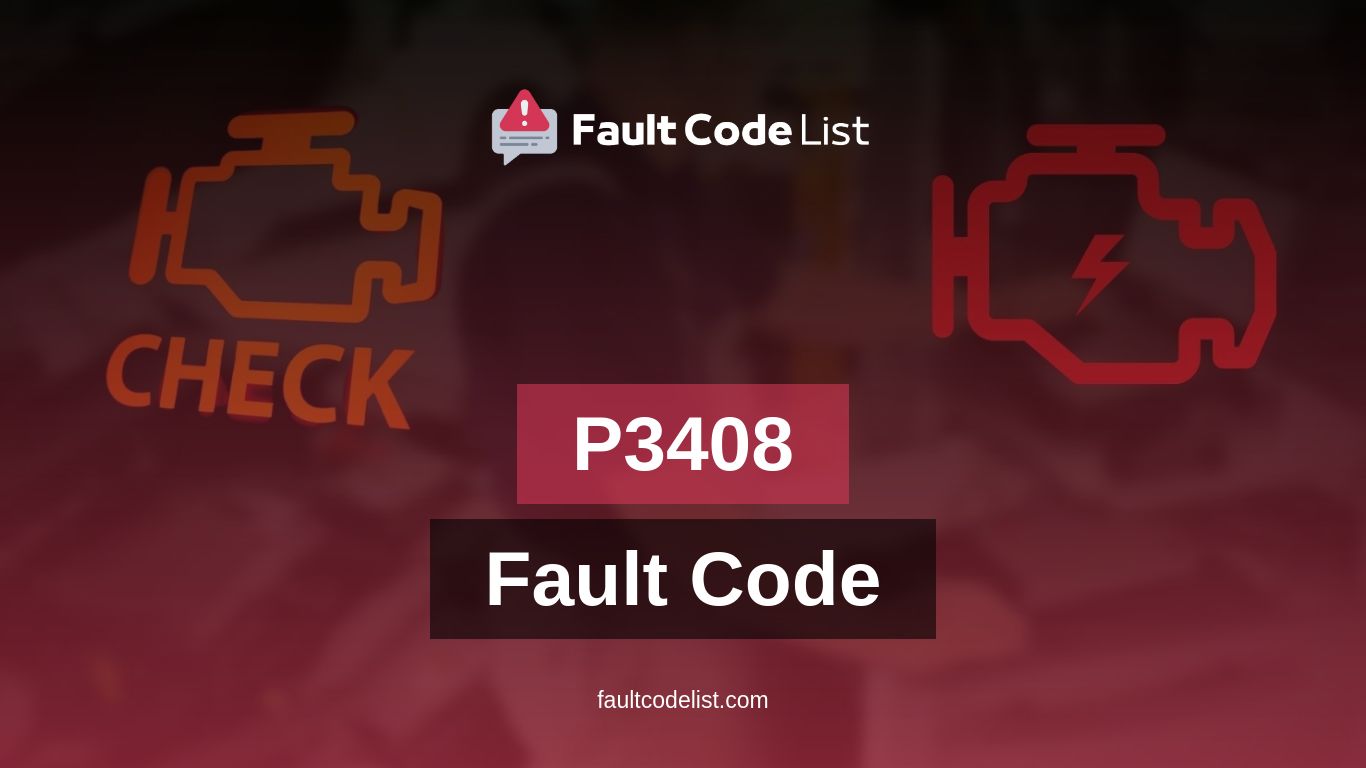If you own a vehicle, you may have seen the P3408 fault code appear at one point or another. This code is related to the engine’s performance and can cause several issues if it is not addressed promptly. To help you understand more about this malfunction, we will discuss the reasons behind it, the symptoms it causes, and how you can fix it.
Cylinder 1 Exhaust Valve Control Circuit High

Reasons for P3408 Fault Code
The P3408 fault code indicates that there is a problem with the intake valve control circuit in your engine’s cylinder. The engine control module (ECM) monitors this circuit and can trigger the code if it detects an issue. The most common reason for this is a faulty valve actuator or wiring in the control circuit. Other causes include:
- Low engine oil pressure
- Malfunctioning oil control valve
- Defective valve lift control solenoid
- Faulty ECM
Symptoms of P3408 Fault Code
When the P3408 code appears, it means that your car’s performance is affected. The most common symptoms of this code include:
- Absence of power in the engine
- Engine stalling or hesitation
- Irregular noise when the engine is running
- Rough idling
- Poor fuel economy
Solution for P3408 Fault Code
If you suspect that your car has the P3408 fault code, you can take it to a mechanic for diagnosis. They will check the wiring, valve actuator, oil control valve, and other components to identify the cause of the problem. Once they have determined what is causing the issue, they will recommend the appropriate solution. It could range from replacing the valve actuator or wiring to resetting the ECM.
In conclusion, understanding the P3408 fault code is crucial to maintaining your vehicle’s performance. The reasons behind the code can range from a faulty valve actuator to a defective ECM. The symptoms of this code include engine stalling, rough idling, and poor fuel economy. If you experience any of these issues, seek a mechanic’s diagnosis immediately to avoid further damage to your car.
